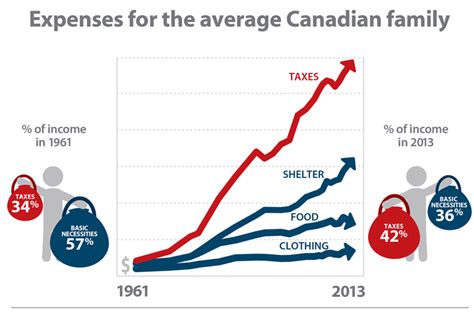Canada has recently implemented a 5% tax on streaming services—a move aimed at using the revenue to fund local news, French-language content, Indigenous programming, and other diverse media productions. Yet, this policy has sparked a whirlwind of debates. From the consumer’s perspective to its potential implications on the marketplace, it’s crucial to understand the multiple facets and opinions surrounding this initiative. The overarching question remains: is this policy a boon for the nation’s media landscape, or merely another burden for Canadian consumers?
Netflix and other major streaming platforms, which already operate on a delicate price equilibrium, are likely to pass on this new tax to customers. As pointed out by users, any mandatory government expense generally trickles down to the end-users. This is particularly concerning in an era where inflation and economic uncertainties are widespread. One user astutely commented on the possibility of price hikes: ‘If they could increase profitability by raising their prices before the tax, why wouldn’t they have already done it?’ This sentiment goes a long way in supporting the idea that companies might use the tax as a scapegoat to raise prices even further.
However, the argument is not as one-sided as it may seem. As another user pointed out, the goal of public funding in media is to produce content that the market naturally wouldn’t, which is deemed socially valuable but lacks advertising-driven revenue sustainability. Indeed, the UK has had a similar model for years through the TV licensing fee that funds the BBC. According to this line of thought, ‘The money for it needs to be diverted from somewhere,’ suggesting that the policy isn’t unique or radical but follows a global trend aimed at sustaining local cultural ecosystems amidst the dominance of global giants.
Looking at the flip side, critics argue that this initiative might end up sustaining ineffectual media, especially when considering that many so-called ‘diverse’ or ‘local’ content avenues don’t attract large audiences. As one user opined, ‘People refuse to pay for basically any digital good, even if they really want it, and journalism isn’t even what people really want.’ This illuminates a significant hurdle: while subsidized content might be indeed valuable, in reality, it may struggle to engage a broader audience sufficiently to justify the expenditure.
From a strategic standpoint, there’s also the question of the policy’s broader market implications. Some users worry that such policies could inadvertently stifle competition. One user noted that ‘Government subsidies flow to those who know the system…it’ll likely make it even harder for different viewpoints to compete.’ In other words, only those entities familiar with governmental navigations and systems might benefit, thereby potentially diminishing the diversity and dynamism that the policy seeks to foster.
Finally, there’s the issue of cultural identity and preservation. A point made resonantly by several users is the increasingly globalized nature of content consumption. As cited, ‘This isn’t the 90s when they could force-feed us bad Canadian produced TV shows on Canadian TV channels. Netflix gives people the choice of global content now and there’s more opportunity and money floating around for young up-and-coming filmmakers than ever before.’ The irony, as explained by these voices, is that in seeking to bolster Canadian identity through media, the policy might be at odds with the cosmopolitan viewing habits of today’s audiences.
To sum up, Canada’s new streaming tax strikes a contentious balance. On one hand, it aims to nurture local talent and safeguard cultural diversity amidst a deluge of global media, much like UK’s model with the BBC. On the other hand, the possible implications for consumers—price increases and perhaps a saturation of subpar content—create fertile ground for skepticism. Discussions about the policy also underline broader themes about market dynamics, governmental roles, and cultural preservation. As Canada navigates this complex terrain, it remains to be seen if the benefits can indeed outweigh the costs.


Leave a Reply